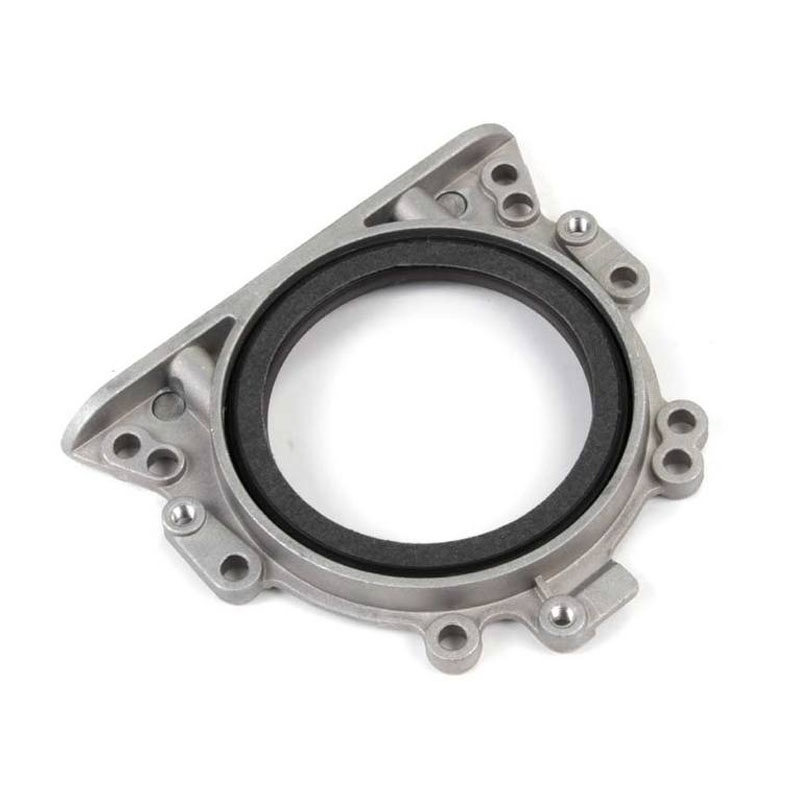Understanding the Importance of the Rear Crankshaft Seal in Engine Performance
Understanding Rear Crankshaft Seal Importance, Function, and Maintenance
The rear crankshaft seal is a critical component in an automobile's engine design, yet many car owners and even some technicians are not fully aware of its significance. Positioned at the rear of the engine, the rear crankshaft seal plays a pivotal role in maintaining engine integrity, performance, and longevity. This article explores the function, importance, and maintenance of the rear crankshaft seal.
What is the Rear Crankshaft Seal?
The rear crankshaft seal is a circular gasket that is designed to prevent oil from leaking out of the rear of the engine where the crankshaft exits the engine block. It serves as a barrier between the crankshaft and the external environment. The primary material used for these seals is typically rubber or plastic, designed to withstand the harsh conditions and high temperatures of engine operation.
Function of the Rear Crankshaft Seal
The primary function of the rear crankshaft seal is to keep engine oil contained within the engine. The crankshaft rotates inside the engine block, and it is essential for the smooth and efficient operation of the engine that oil remains confined to its designated area. If oil leaks out, it not only reduces the lubrication available to the moving parts but can also result in contamination and a host of mechanical failures.
Additionally, the rear crankshaft seal serves to prevent dirt, debris, and moisture from entering the engine. Keeping contaminants outside helps to maintain the engine's internal cleanliness, lowering the risk of wear and tear on vital components.
Importance of the Rear Crankshaft Seal
1. Preventing Oil Leaks The most significant role of the rear crankshaft seal is to prevent oil leaks. An oil leak can lead to decreased oil levels and increased friction between moving parts, resulting in engine wear and potential failure.
2. Maintaining Engine Pressure The seal helps to maintain proper oil pressure within the engine system. Consistent oil pressure is crucial for the adequate lubrication of engine components.
3. Engine Efficiency A healthy rear crankshaft seal contributes to overall engine efficiency. Ensuring that the oil remains within the engine optimizes performance and fuel efficiency.
rear crankshaft seal

4. Environmental Impact Oil leaks can have detrimental effects on the environment. By containing the oil within the engine, the rear crankshaft seal helps mitigate the risk of spills that can pollute soil and waterways.
Signs of Rear Crankshaft Seal Failure
Recognizing the signs of rear crankshaft seal failure early can save time and prevent costly repairs. Some common symptoms include
- Oil Leaks The most noticeable sign of a failing rear crankshaft seal is oil pooling under the vehicle. This could indicate that the seal is compromised. - Increased Oil Consumption If you notice that you are frequently adding oil to your engine, it could be due to an internal leak caused by a damaged seal.
- Engine Performance Issues A failing seal might lead to poor engine performance, including decreased power and acceleration. This can also manifest as unusual noises from the engine compartment.
- Dashboard Warning Lights In some vehicles, warning lights may signal low oil pressure, which could be related to a malfunctioning rear crankshaft seal.
Maintenance and Replacement
While rear crankshaft seals are designed to last, they may wear out over time due to factors like excessive heat, contamination, or age. Regular maintenance of the engine oil and oil changes can prolong the life of the rear crankshaft seal.
If you find evidence of a leak or other symptoms mentioned above, it is essential to have the vehicle inspected by a qualified technician. Replacement is often straightforward, but it may involve removing the transmission in rear-wheel-drive vehicles, adding to labor costs.
Conclusion
The rear crankshaft seal is a small but mighty component of any internal combustion engine. Understanding its function and importance can help car owners maintain their vehicles better and avoid significant issues down the road. Regular inspections and timely replacements of the seal, along with proper engine maintenance, can ensure proper engine function and longevity. Keep an eye out for any signs of failure to keep your engine running smoothly and efficiently.
-
Understanding Automotive Oil Seals: Essential Components for Engine and Shaft Protection
News Jul.30,2025
-
The Importance of Heavy Duty Seals in Industrial and Residential Applications
News Jul.30,2025
-
Exploring Industrial Oil Seals: From Felt Oil Seals to TTO and CFW Solutions
News Jul.30,2025
-
Essential Guide to Oil Seals: From Radial to Metal-Cased Seals for Industrial Reliability
News Jul.30,2025
-
Choosing the Right Oil Seals and Gaskets for Industrial and Automotive Applications
News Jul.30,2025
-
Cassette Seals: Durable Sealing Solutions for Harsh Environments
News Jul.30,2025
-
Understanding the Front Main Engine Seal: Purpose, Maintenance, and Installation
News Jul.29,2025
Products categories















